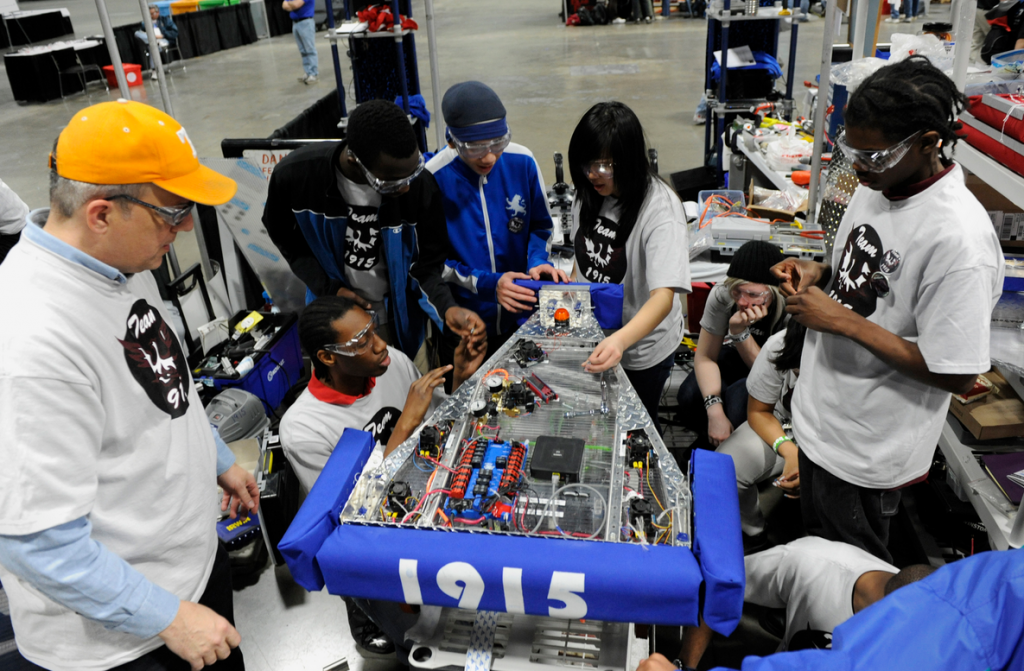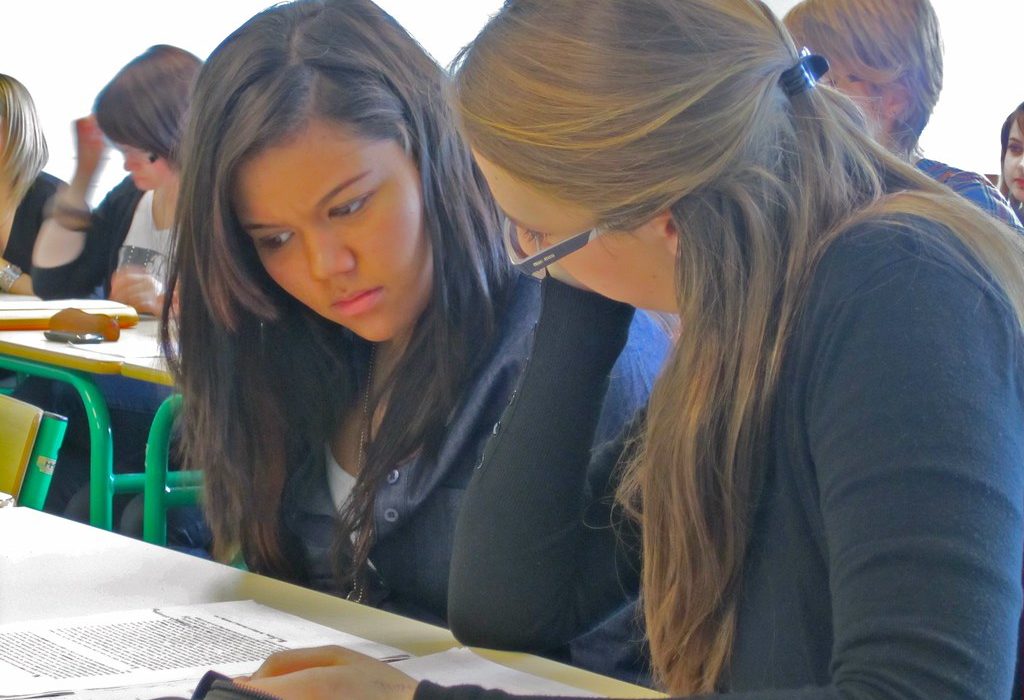Seniors to get post-secondary planning help
For 2nd year, nonprofits work with HPS seniors to prepare for college or career
Once again, the ALL IN! Coalition of nonprofit partners, Hartford Public Schools staff, and philanthropy are launching a program to help those students not engaged in post-secondary planning by this time of their senior year. Guidance counselors from nine high schools identified 122 seniors expected to graduate this spring without any formal post-secondary plan for college, trade school, the military or a career.
Success for this program will be measured by three major outcomes. By reaching out to all 122 seniors identified by HPS, the program will achieve:
- 80% enrollment and participation in the program (n=98),
- 80% postsecondary plan template + Naviance task completion rate by June graduation (n=78)
- 40% summer program enrollment rate (Summer Youth Employment, college bridge program, etc.) (n=49)
- 62% placement rate (2- or 4-year college, certification, trade, military or good job with potential by Sept. 16) (n=61)
- Partner community-based organizations – Center for Latino Progress, Blue Hills Civic Association and ReadyCT – have been gearing up to reach out to the students and engage them with the post-secondary planning program.
From February to June, the nonprofits’ staff will work on mentoring, planning and skill-building. From July through mid-September, the mentoring and skill-building will continue and community partners will work with graduates to help place them in their chosen career, college or training pathway by late summer. This involves helping the recent graduates overcome any barriers such as financial, logistical or language. The key here will be consistency of support from now through September to make sure they launch a post-secondary career pathway of some kind.
This year, depending on students’ needs and schedules, community-based organizations’ staff will meet with students in their high schools during the school day, after school and/or, if necessary, off-site. The student intake process will involve the following: assessing career interests; screening academic readiness; capturing current contact information; meeting their assigned staff person; selecting workshops they are interested in attending; agreeing to a day and time to connect weekly; explaining incentives they can earn for each milestone; and handing out their first incentive.
We will report more once the program is fully underway, and the mentoring, skill-building and planning begins. This program would not be possible without the Travelers Foundation, Hartford Foundation for Public Giving, The Hartford, Lincoln Financial, Liberty Bank, H.A. Vance Foundation and Social Venture Partners; we thank them for funding last year’s project and for coming together again for this year’s seniors.



